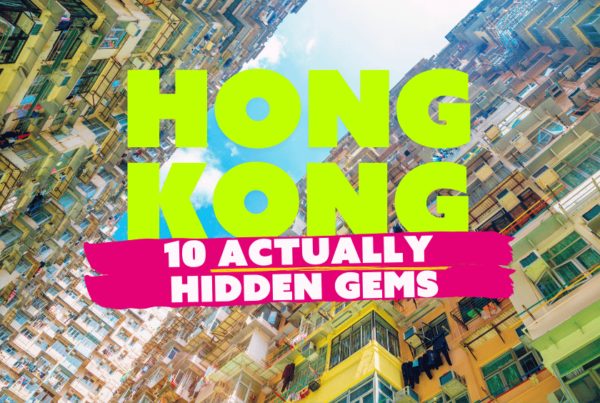
For a few days each April Thailand’s streets are awash with water as the country celebrates Songkran, or Thai New Year. Combining a traditional Buddhist holy day and a giant water fight, Songkran is Thailand’s biggest party. So here are 10 things you need to know about Thai New Year.
- The word Songkran comes from the Sanskrit ‘saṃkrānti’. It literally means ‘astrological passage’ and marks the movement of the sun from Pisces to Aries. The tradition started with the Brahmins in India who thought of April as the start of a new year, as it was when new life started after the winter.
- Songkran’s date used to change each year depending on the astrological calendar. But now it’s fixed at April 13th -16th, though in reality the celebrations stretch out over a whole week.
- Most offices and businesses close down for Songkran and people head out of the cities to spend time in their family back home. The first day is all about cleaning the house from top to bottom. The second day is about making food and sweets to offer to the monks. And the third day is the real start of the New Year when people visit temples and make merit by giving offerings of food and clothes.
- So where does the water come in? Well bathing the Buddha is an important Songkran ritual, where fragrant water is poured over Buddha statues in homes and temples. The idea is to wash away any bad luck from the last year and welcome the New Year with a clean, fresh start.
- Traditionally Thais would pour bowls of water over their friends and family. Now buckets, hoses, super soakers and water-filled balloons are all used and everyone joins in – Thais and tourists alike. It’s one giant watery free-for-all that descends into a big street party. Though as April’s one of Thailand’s hottest months no-one minds cooling off.
- Not everyone is fair game for a soaking though – make sure to steer clear of dousing Buddhist monks, officials like police officers, babies, young children and the elderly.
- It’s not just water you’ll get covered in during Songkran, there might well be talcum powder in there too. This tradition dates back to when monks would mark people with chalk after blessing them as a sign to ward off evil. Now handfuls of colourful powder are thrown to wish people good luck.
- Another good luck ritual sees white string tied around people’s wrists. The person tying the string recites a prayer of blessing as they tie it, then you should leave it on until it falls off by itself. There are also street parades, folk dances and Miss Songkran pageants taking place over the three days.
- Different parts of Thailand celebrate Songkran slightly differently. In the north they let firecrackers off to scare ghosts away and light candles to show spirits the way. And in the centre of the country people release birds and fish as a way of making merit.
- Songkran isn’t just celebrated in Thailand either, there are similar celebrations in Laos, Vietnam, Cambodia and China too. It’s still celebrated in north-eastern parts of India as well, where it’s known as Sangken.
Sawadee Pi Mai – or Happy New Year



